Learn to Take Stunning Portraits Through Window Blinds
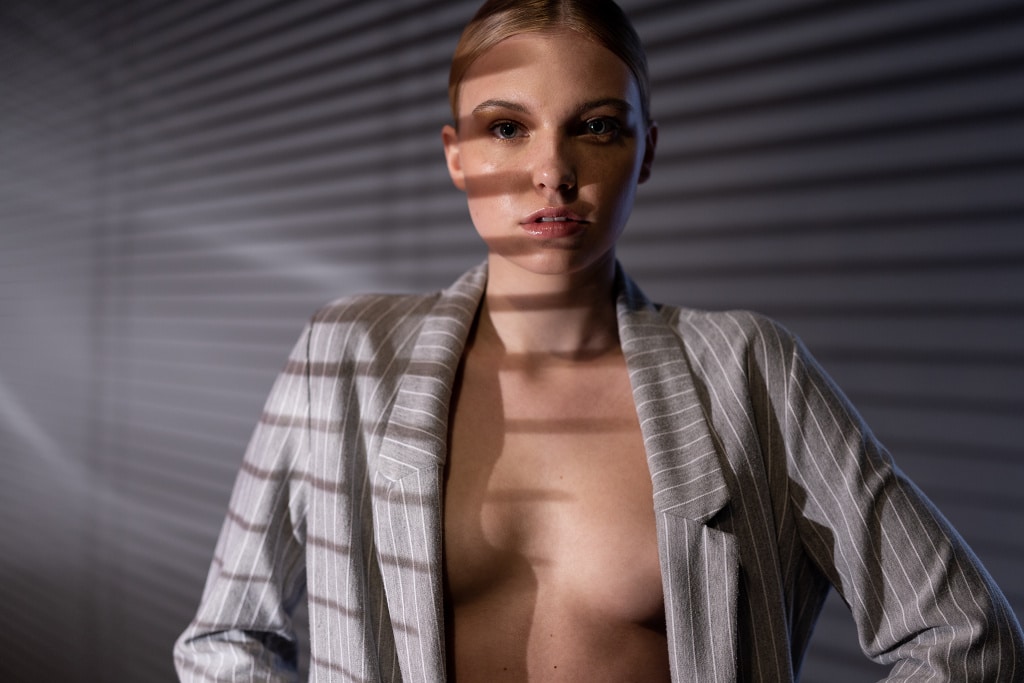
We all have a favorite photo style or a dream photo. And for many photographers, that’s a window-blind portrait. But there’s one little problem. Sometimes when you’re getting ready to take this kind of photo, the weather suddenly just isn’t cooperating. Got everything ready, but the sun just won’t shine the way you need? We know a way around that. Create a dark-stripes setup in your own home or studio. It’s very easy!
Why Are Portraits Through Window Blinds Popular?
If you’ve seen a few, you’ll know. Since they’re black-and-white and high in contrast, they have a strong impact. Just about every photographer ends up wanting to try out this very interesting type of photo at some point. But did you know that you don’t have to wait for the right light and weather? You really don’t. And the alternative is simple.
I’ve gone for a slightly different take on window-blind stripes. I shot in color and chose a styling for my model that put lines on her clothing lying perpendicular to the lines of shadow.
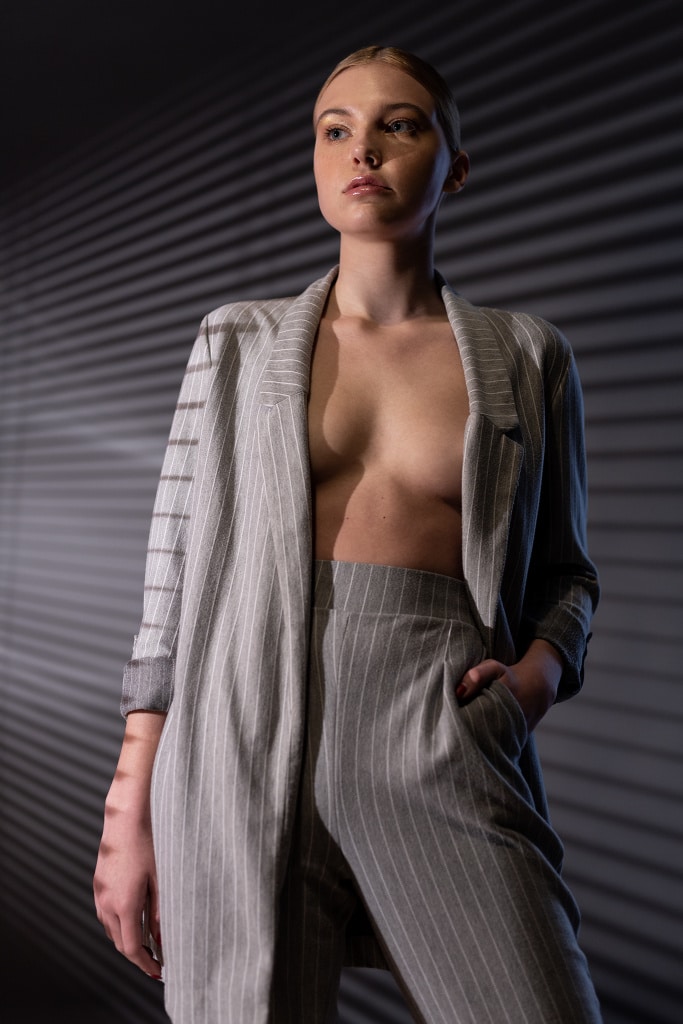
Model: Barbora Filousová
Makeup and assistance: Diana Strkačová
What Kind of Blinds?
You can use practically any kind. Their width and length will determine how wide or long the final shadow will be. It’s also important to have something to hang them onto, and of course enough space in front of and behind them.
I found some red window blinds that were about two meters long. I attached them to the same construction that I normally use for hanging paper backgrounds, and then I illuminated them.
The Process
What will you need?
- window blinds
- a permanent light
- a room where you can adjust the light
I managed to find red blinds, but in the end, I found that their color didn’t play a role here. (Still, I can also use them later as a great prop or as a “peephole” for the model in some other type of photography.)
I used a modeling lamp for lighting. But you can also use an ordinary room lamp or anything that emits constant light and that’s stronger than the lighting in the room. Ideally, you’ll want to have dimmed light sources and produce near-darkness.
I had nothing but bad experiences with flashes here. They threw weak shadows or none at all. So I turned the modeling lamp up to its maximum output. I also learned that the light’s angle and its distance from the blinds are important too. I had the light in the middle because I wanted perspective stripes. But if you put your light source so it’s shining from above, the shadows will produce uniform stripes.
The closer the model is to the light source and the blinds, the sharper and harder the shadows will be. With distance, shadows are softened and diffused. The angle of the blinds themselves also affects the line of shadows. So position your model in the place where the shadows land and start turning the blinds—experimenting. Once you’re satisfied with the shadows’ width, you can start taking your pictures.
A backstage photo from the studio where I was shooting.I chose a lamp with fairly warm light. I covered one window with black cloth, and the other, right window produced a color contrast for me—the rear blue light. If you examine this picture in detail, you’ll find that there’s a third light source in the photo as well—a light from above that I’d unfortunately forgotten to turn off. If I’d done so, the model wouldn’t have had that soft shadow under their nose and lip, and the photo would feel much purer. So I’d recommend that you double-check all your light sources.
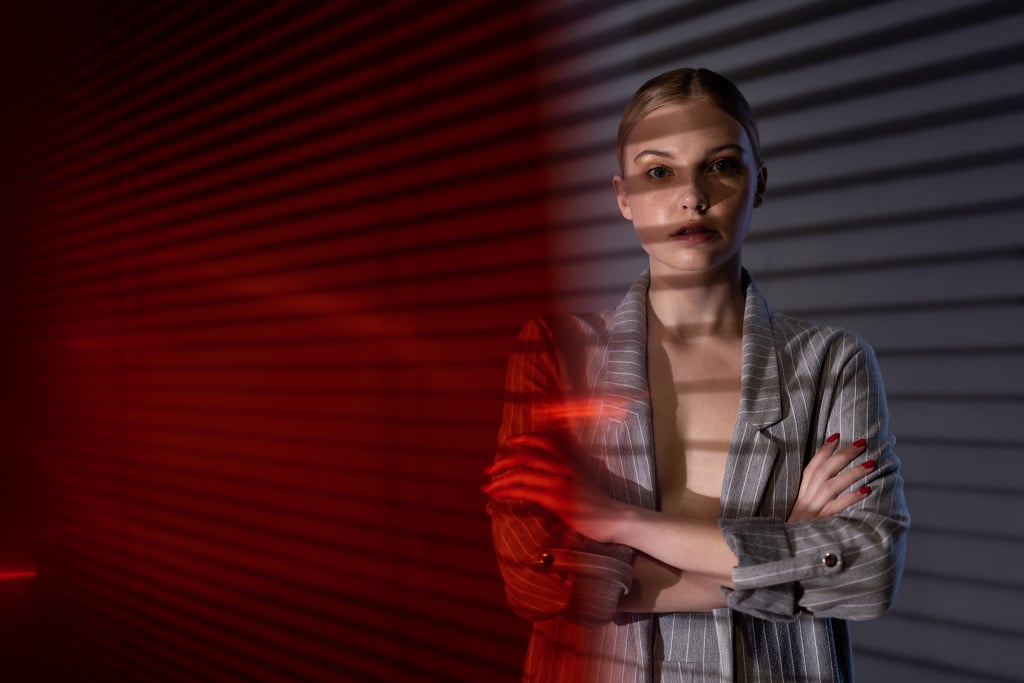
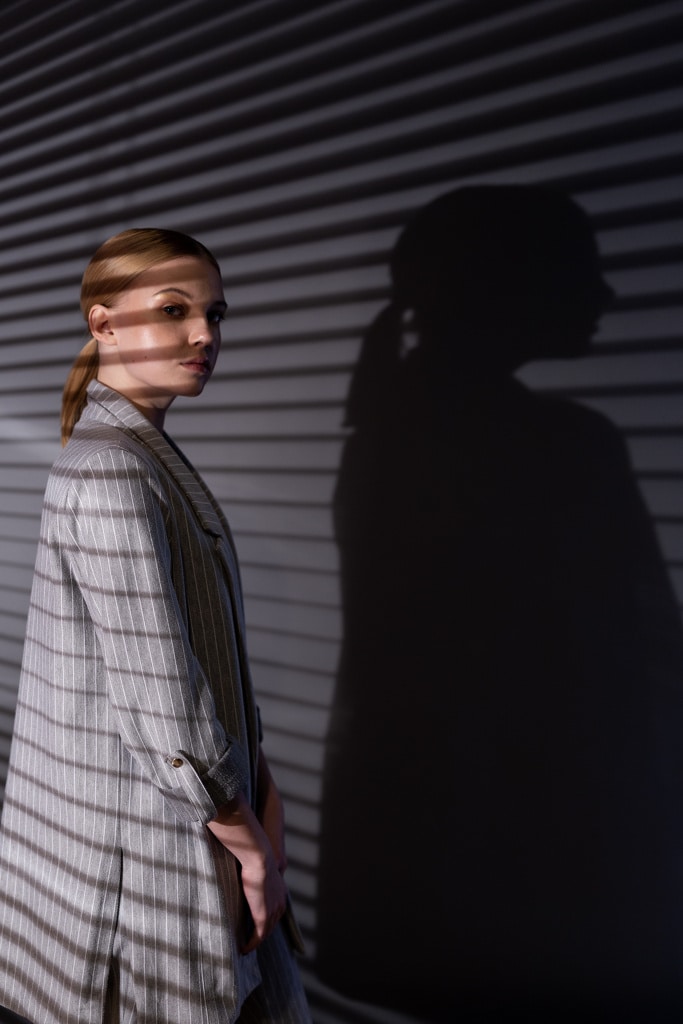
What Can Replace Windows Blinds Here?
Practically anything that has apertures and structure—-a net, lace curtains, mesh, even bamboo blinds. With a bit of skill, you can even produce your own special shape for use in your photography. For example, try gluing shapes onto a piece of glass and using that in your photos.
Experiment, Discover or Stick With Tradition
Just like in every craft, what’s mainly important is practice. No matter whether you’d like to take color photos as I did, or go for the black-and-white take that’s traditional here, always pay attention to exposure. The high contrast of lights and shadows makes it an extremely frequent problem.
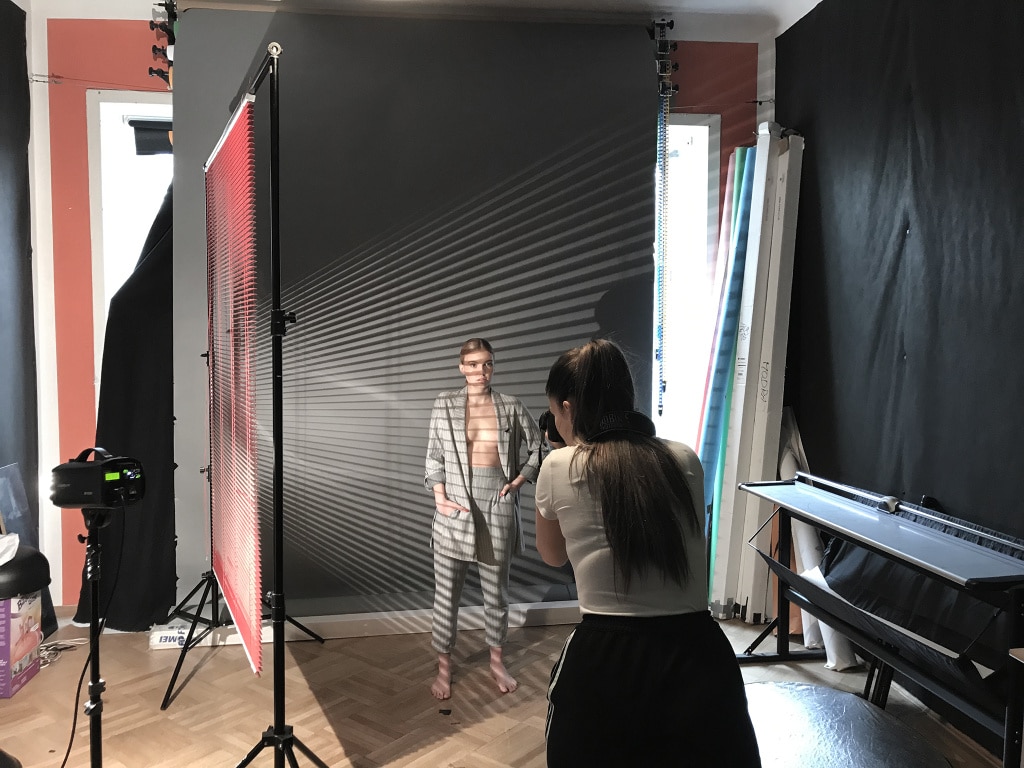
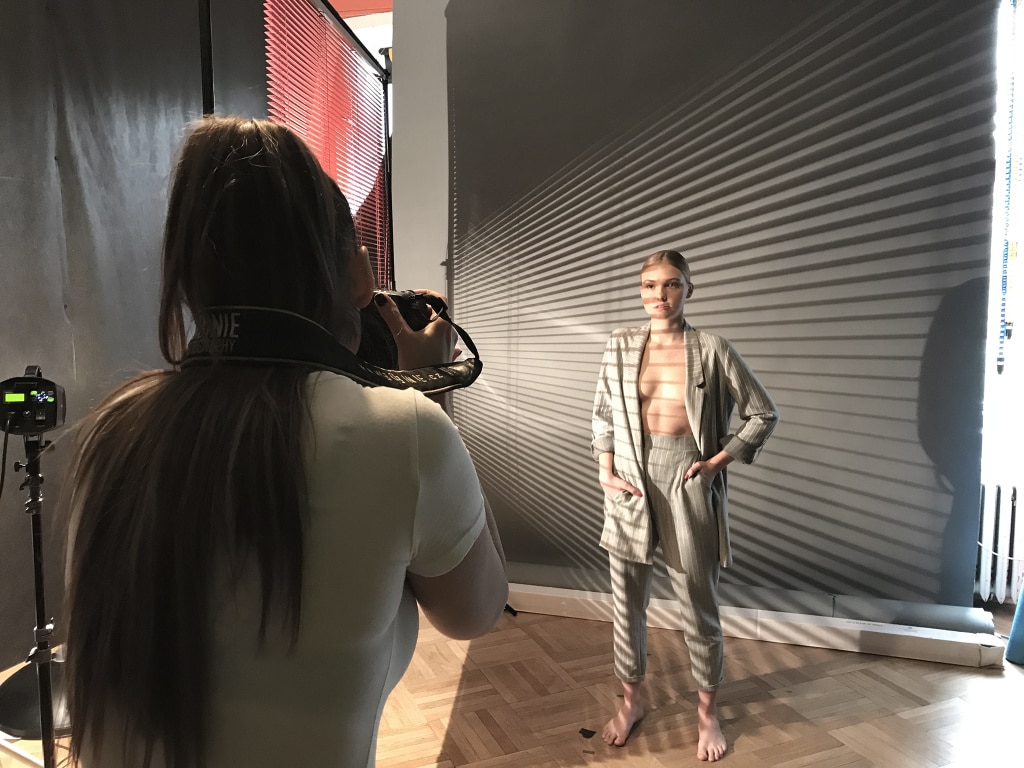

There are no comments yet.